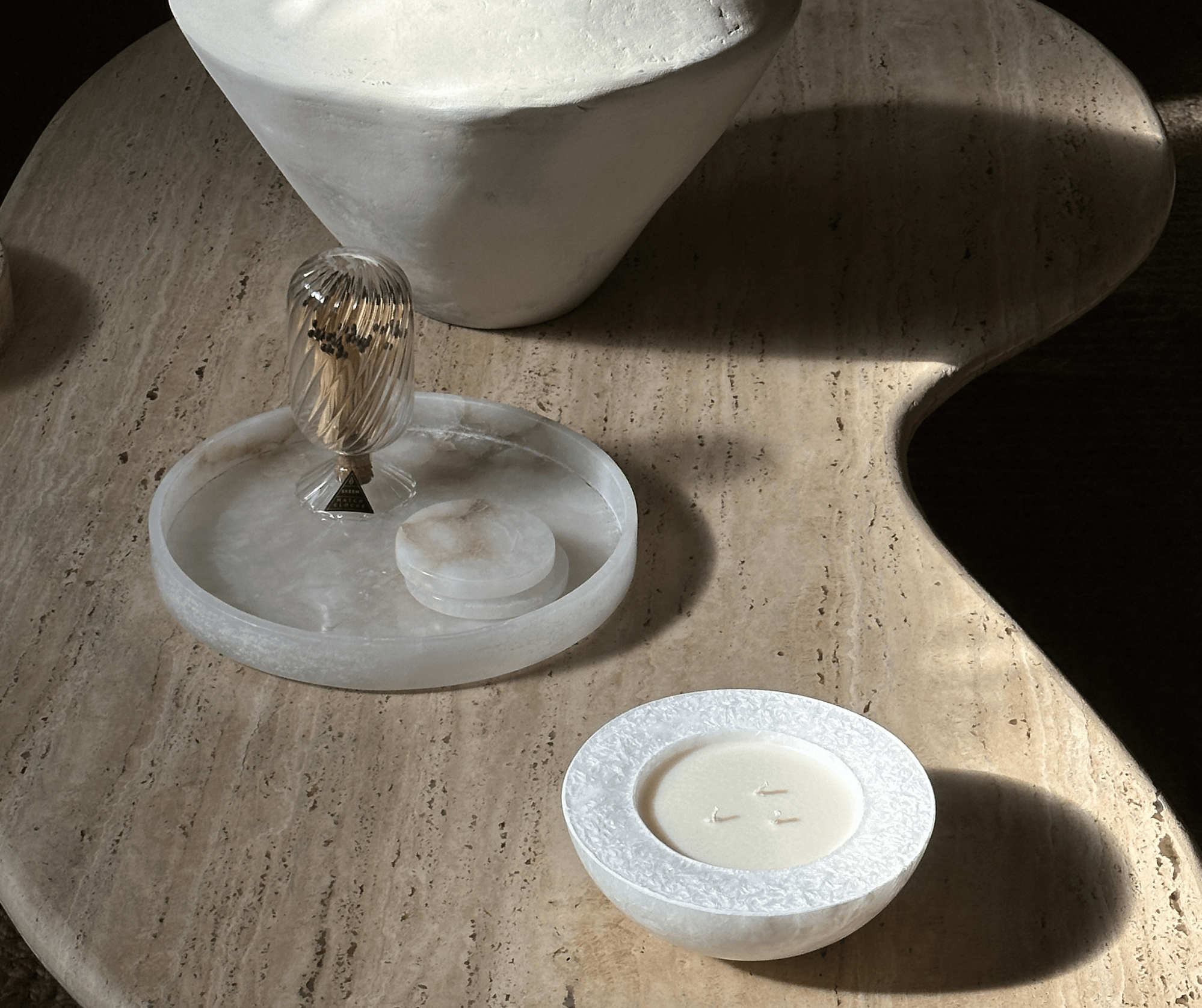Travertine, with its timeless allure and distinctive character, adds an air of sophistication to any space and it is quite different than other things like a marble floor. However, the shine of this natural stone can diminish over time due to daily wear and environmental factors.
Fear not, as restoring the glossy finish of your travertine tabletop is an artful process that promises to revive its inherent beauty.
In this in-depth guide, we'll discuss how to polish travertine table top, ensuring your travertine masterpiece regains its original splendor.
UNDERSTANDING THE INNATE BEAUTY OF TRAVERTINE
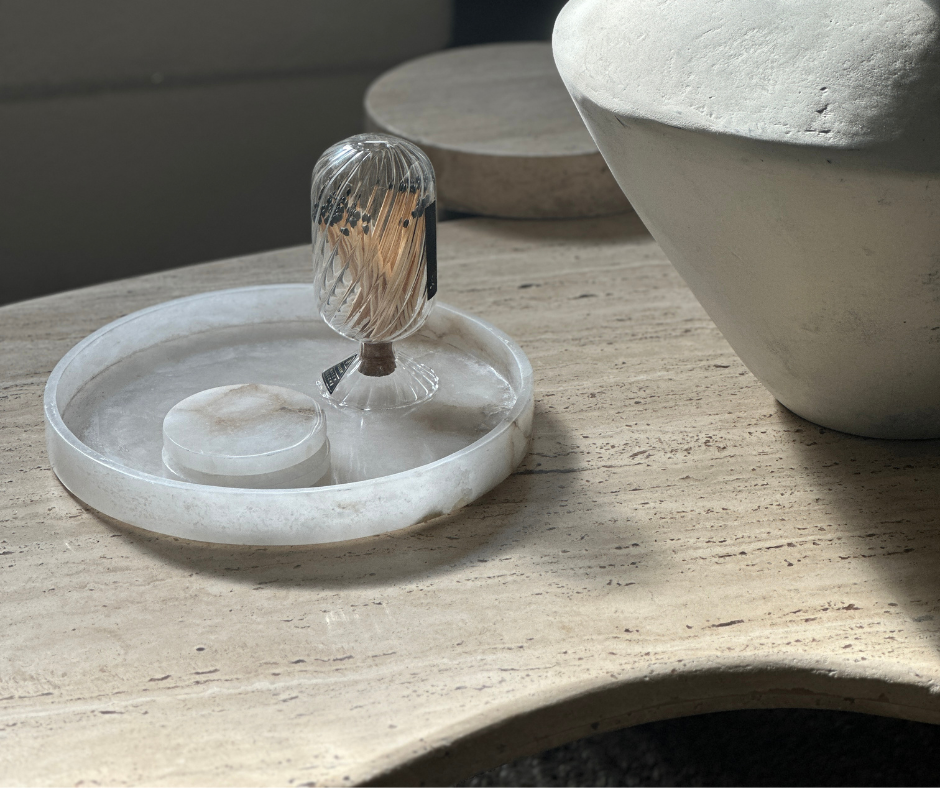
Before delving into the polishing ritual, let's unravel the essence of travertine. This sedimentary rock, shaped by the hands of time and nature, presents a porous surface with unique veining.
Its matte polished finish unveils a captivating sheen that elevates its aesthetic appeal.
Recognizing travertine's porous nature and susceptibility to etching is pivotal in understanding the significance of regular polishing.
GATHER YOUR POLISHING SUPPLIES
Prepare for the restoration journey by gathering the essential tools and supplies.
Your arsenal should include a pH-neutral stone cleaner, a soft cloth or sponge, a high-quality travertine polishing powder, a polishing pad or buffing machine, and a sealing agent for protective measures.
Prioritize safety with protective gear, including gloves and safety glasses, and ensure proper ventilation in your workspace.
THE STEP-BY-STEP POLISHING PROCESS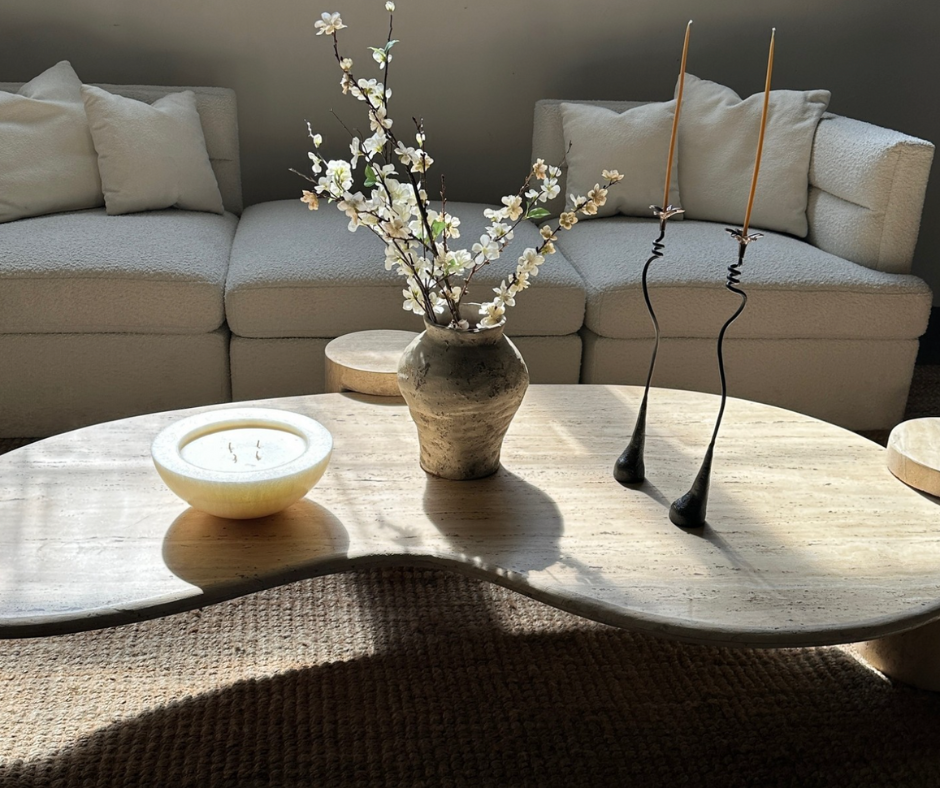
CLEAN THE SURFACE
Begin by cleaning the table surface of your travertine table top to remove any dirt, dust, or residues. Use a pH-neutral stone cleaner, as acidic or abrasive cleaners can damage the stone.
Dampen a soft cloth or sponge with the cleaner and gently wipe down the entire surface. Pay attention to any spills or stains, ensuring they are thoroughly cleaned.
Regular cleaning will help protect the stone surface.
PREPARE THE POLISHING POWDER
Follow the manufacturer's instructions to prepare the travertine polishing powder. Typically, you'll mix the powder with water to create a paste-like consistency.
Ensure that the mixture is well-blended to achieve optimal results during the polishing process.
APPLY THE POLISHING PASTE
Using a clean, soft cloth or applicator, apply the prepared polishing paste evenly across the entire surface of the travertine table top.
Work in small sections to ensure thorough coverage. The polishing paste contains abrasive particles that will help smooth out minor imperfections and restore the stone's sheen.
BUFF WITH A POLISHING PAD OR MACHINE
Once the polishing paste is applied, use a polishing pad or buffing machine to buff the surface.
If using a machine, follow the manufacturer's guidelines for the specific model you have. If working by hand, use circular motions and apply gentle pressure.
Focus on areas that may need extra attention, such as those with light scratches or dullness.
REMOVE EXCESS PASTE
After buffing, use a clean, dry cloth to remove any excess polishing paste from the surface. Ensure that the travertine table top is thoroughly clean and free from any residue.
SEAL THE SURFACE
To protect your new polished stone finish, consider applying a sealer. A high-quality stone sealer helps prevent staining and enhances the stone's resistance to spills.
Follow the manufacturer's instructions for the sealer application process, ensuring even coverage.
Frequently Asked Question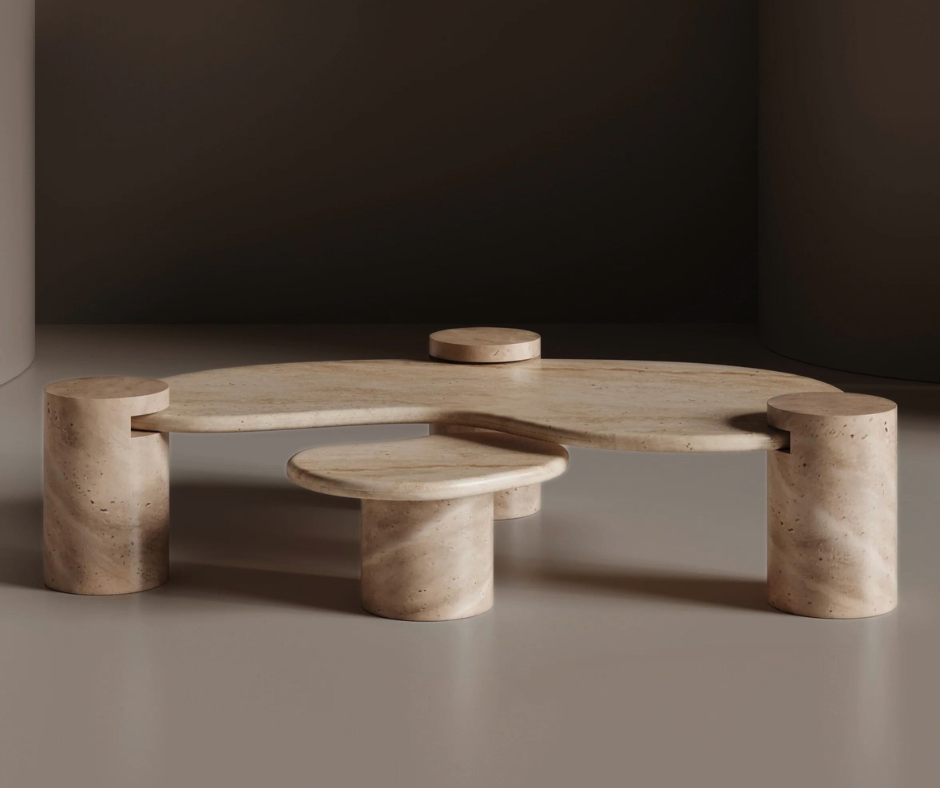
What is Travertine Furniture?
Travertine furniture refers to pieces crafted from travertine, a natural stone formed in mineral springs. Aside from being utilized as travertine floor, it is commonly used for tables, chairs, and decorative items, prized for its unique veining patterns and elegant appearance.
How Do I Clean Travertine Furniture?
Clean travertine furniture with a soft, dry cloth for daily cleaning. For stains, use a mild soap and water solution or a pH-neutral stone cleaner. Avoid acidic or abrasive cleaners, as they can damage the stone.
Can I Use Vinegar to Clean Travertine Furniture?
No, avoid using vinegar on travertine furniture. The acidity of vinegar can etch the stone, leading to dull spots and potential damage. Stick to pH-neutral cleaners designed for natural stone.
Is Travertine Furniture Durable?
Travertine is a durable material, but it requires proper care. It's resistant to heat, making it suitable for furniture, but it can be scratched by abrasive materials. Regular maintenance and preventive measures contribute to its longevity.
Can I Place Hot Items on Travertine Furniture?
While travertine is heat-resistant, it's advisable to use trivets or heat-resistant pads under hot items. This precaution protects the furniture from potential heat damage and preserves its appearance.
How Often Should I Clean and Seal Travertine Furniture?
Clean travertine tiles, furniture and flooring regularly, especially after spills or stains. The frequency of sealing depends on usage, location and exposure. As a general guideline, reapply the sealer every one to three years, or as recommended by the manufacturer.
Can Travertine Furniture Be Used Outdoors?
Travertine furniture can be used outdoors, but it requires specific care. Ensure the furniture is designed for outdoor use and clean it regularly to prevent weather-related damage. Use outdoor-specific sealers for added protection.
Can I Repair Scratches on Travertine Furniture?
Minor scratches on travertine furniture may be repairable. Consider consulting with a professional stone restoration specialist for guidance. Prevention, such as using coasters and placemats, helps minimize the risk of scratches and etch marks.
Can Your Travertine Furniture be placed in direct sunlight?
While travertine is known for its durability and heat resistance, placing a travertine table in direct sunlight for extended periods may lead to potential effects such as color fading.
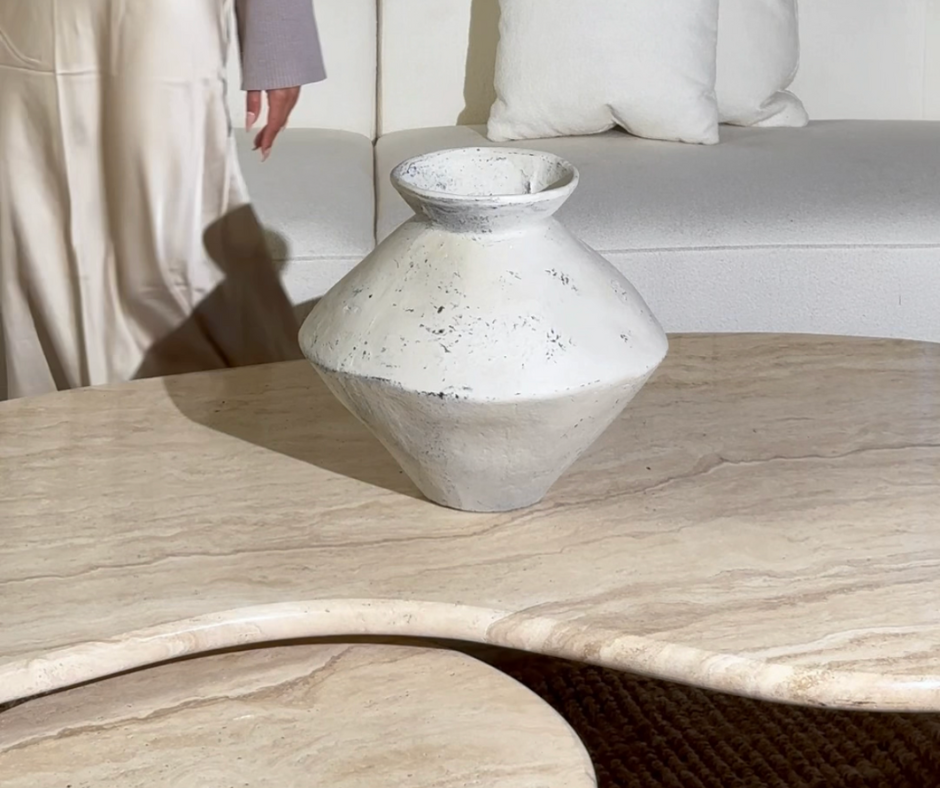
In the delicate dance between time and natural elements, your travertine table top stands as a testament to enduring beauty. The fine art of polishing transcends mere aesthetics; it becomes a commitment to preserving the essence of this timeless stone. As you embark on the journey of rejuvenation, you not only revive the luster but also safeguard the integrity of your travertine masterpiece.
Through the meticulous steps of cleansing, anointing, buffing, and sealing, you breathe life back into the stone, allowing it to radiate an eternal glow. The decision to polish your travertine table top is a homage to craftsmanship, an investment in longevity, and an ode to the enduring allure of natural elegance. With each polishing ritual, you affirm a pledge to cherish and perpetuate the timeless beauty inherent in this exquisite piece of nature.
Discover the beauty of travertine with our exceptional Tuscani Travertine Collection, fusing the inherent durability and luxe allure of travertine stone.




